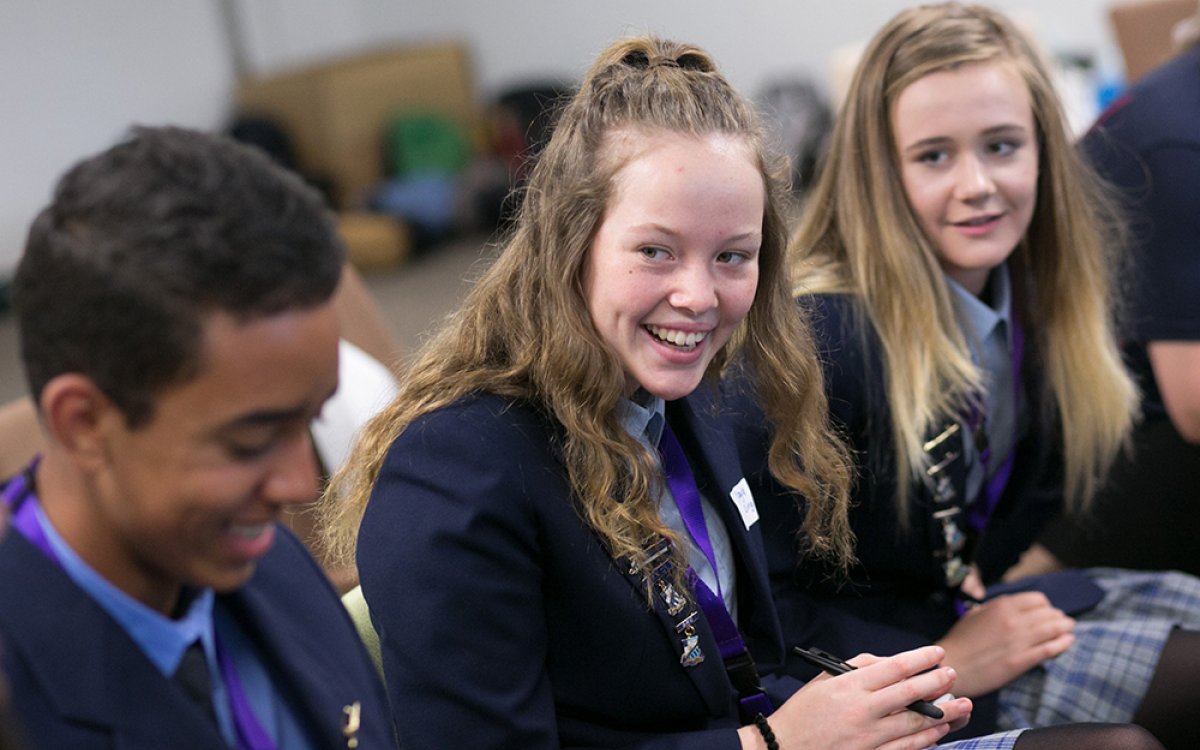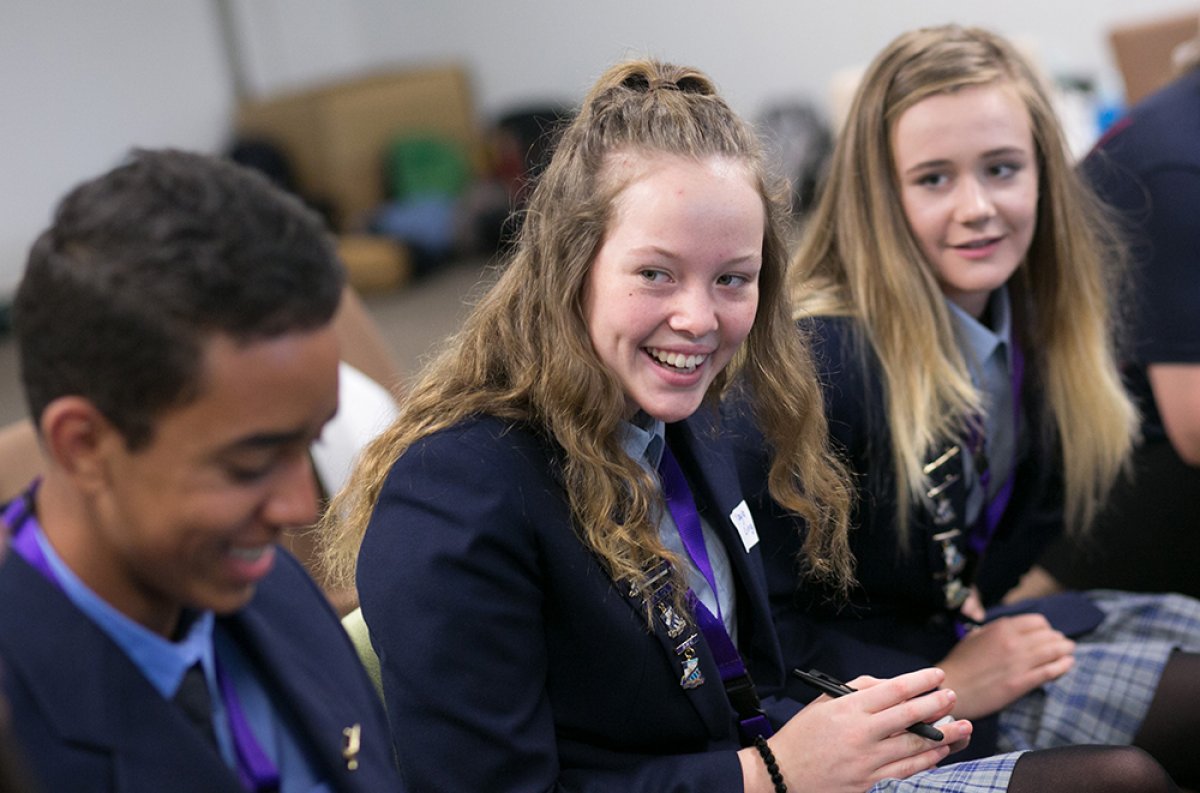This resource has been generously supported by Optus. Through the Digital Thumbprint program and Kids Helpline @ School, Optus supports digital knowledge and the positive use of technology.

Sievers, Wolfgang, 1913-2007. (1969). Engineering faculty, interior with students, Royal Melbourne Institute of Technology 1969, [2] [picture] / Wolfgang Sievers. http://nla.gov.au/nla.obj-161377160
The advent of the Internet has transformed the way advertising and consumers interact with each other. Because of the personal information we share either voluntarily or involuntarily online, advertising can now be targeted to a degree that would have boggled the minds of early advertisers.
Online business models have developed to harness the collective power of user information available on the web. Search engines, social media and ecommerce platforms all use complex algorithms to track browsing habits and personal information, which can be used to target advertising.
- Divide the class into two groups. Each group will develop an advertising campaign for the same product, a car. For consistency, both groups’ campaign should be for the same make and model of car, choosing one that was sold in the 1960s and today.
- The first group will be tasked with producing a campaign from the perspective of a 1960s ad agency.
- Have this group research the 1960s car market and make a list of the information that would have been available to advertisers. This may include statistical data or even (sometimes incorrect) assumptions.
- Examples:
- Men buy fast cars
- Women prefer practical cars, but men make the final purchase decision.
- The group should then create their campaign using the information they have collected to target it to the audience as best they can.
- The second group will be tasked with producing a campaign from the perspective of a modern new media ad agency.
- Have this group research the modern car market and make a list of the information available to advertisers.
- Examples:
- Demographics
- economic status,
- gender
- age
- level of education
- income level
- employment
- Web history including recent purchases
- Media or device used to research the purchase
- Demographics
- The group should then create their campaign using the information they have collected to target it to the audience as best they can.
- Have both groups present their campaigns in a traditional advertising agency ‘pitch’ scenario, as if you are an executive from the motor company.
- Once both groups have pitched their campaigns, discuss the differences between them as they relate to the information available to advertisers.
This Digital Classroom resource aims to increase students’ media, digital and information literacy skills to help them to be discerning and perceptive consumers of advertising materials wherever they encounter them.
Similarly, Optus’ Digital Thumbprint initiative aims to promote digital citizenship and online health to students, including why their personal information is valuable to businesses and other individuals, and how they can best secure it.
Online Safety and Digital Citizenship
Created in collaboration with leading education experts, the Optus Digital Thumbprint program is a series of free workshops for secondary schools in metropolitan NSW, VIC & QLD.
Our team of world-class facilitators deliver a series of three face-to-face, curriculum aligned sessions that empower and inform Australia’s young digital natives.
These workshops bring to life the vital information students need to become discerning internet users, help focus on the impact students have on themselves and others, and equip students with strategies to use technology to aid rather than distract from their ambitions.
By making digital education fun and interactive, Digital Thumbprint teaches students the advantages of a positive online presence, and empowers them with the facts they need to stay safe online.


If you’d like to learn more about the Digital Thumbprint program, please visit the website or, if you’re interested in booking the program at your school, you can register your interest here.




